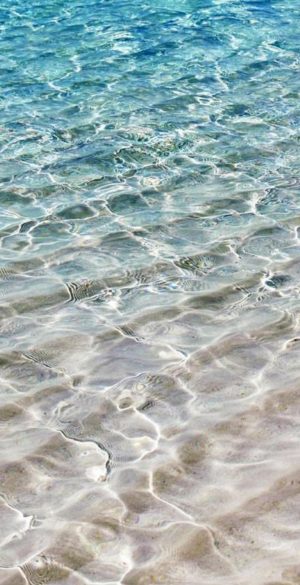

One combined a little bit of the solvent with sodium hydroxide, a common component of soap, in water.

Researchers led by William Dichtel and Brittany Trang, chemists at Northwestern University, studied numerous recipes involving DMSO.

When they placed a PFAS compound in a common solvent called DMSO as part of a toxicity study, the PFAS compound began to degrade. Environmental Protection Agency hit on a better approach by chance. And current PFAS-destruction techniques, such as incineration, can require vast amounts of energy, superhigh temperatures, and millions of dollars. Merely filtering them out doesn’t do away with the problem, Stoiber notes, because if they are landfilled, the chemicals can later leach out. The compounds have been implicated in kidney and liver cancer, thyroid disease, decreased immune response, and infant and fetal growth problems.Ĭommunities around the world have tried to filter out these chemicals or destroy them. Numerous studies have shown they are toxic in minute quantities. In the United States alone there are nearly 3000 PFAS-contaminated sites, from landfills to rivers and groundwater supplies. They accumulate in soils, water supplies, and even in living tissue. The compounds repel oil and water and can withstand friction and high temperatures, making them widely popular in industry. PFAS contain strings of carbon atoms attached to fluorine atoms, which bind so tightly to one another they are nearly impossible to break apart. Current methods for collecting and treating PFAS compounds do exist, she says. “It’s encouraging and promising,” says Tasha Stoiber, an environmental chemist at the Environmental Working Group, a U.S.-based nonprofit that closely tracks the issue. The mixture doesn’t work on all PFAS compounds, but related approaches might offer communities a cheap way to rid soils and drinking water of contaminants that currently put millions of people at risk for cancer and other diseases. A common ingredient in soap, mixed with water and an organic solvent, readily degrades per- and polyfluoroalkyl substances (PFAS), commonly known as “forever chemicals” because they can stick around in the environment for decades, a new study shows. There’s finally hope for a simple, cheap way to destroy a class of ubiquitous environmental toxins found in shampoos, fast-food wrappers, and fire-dousing foams.


 0 kommentar(er)
0 kommentar(er)
